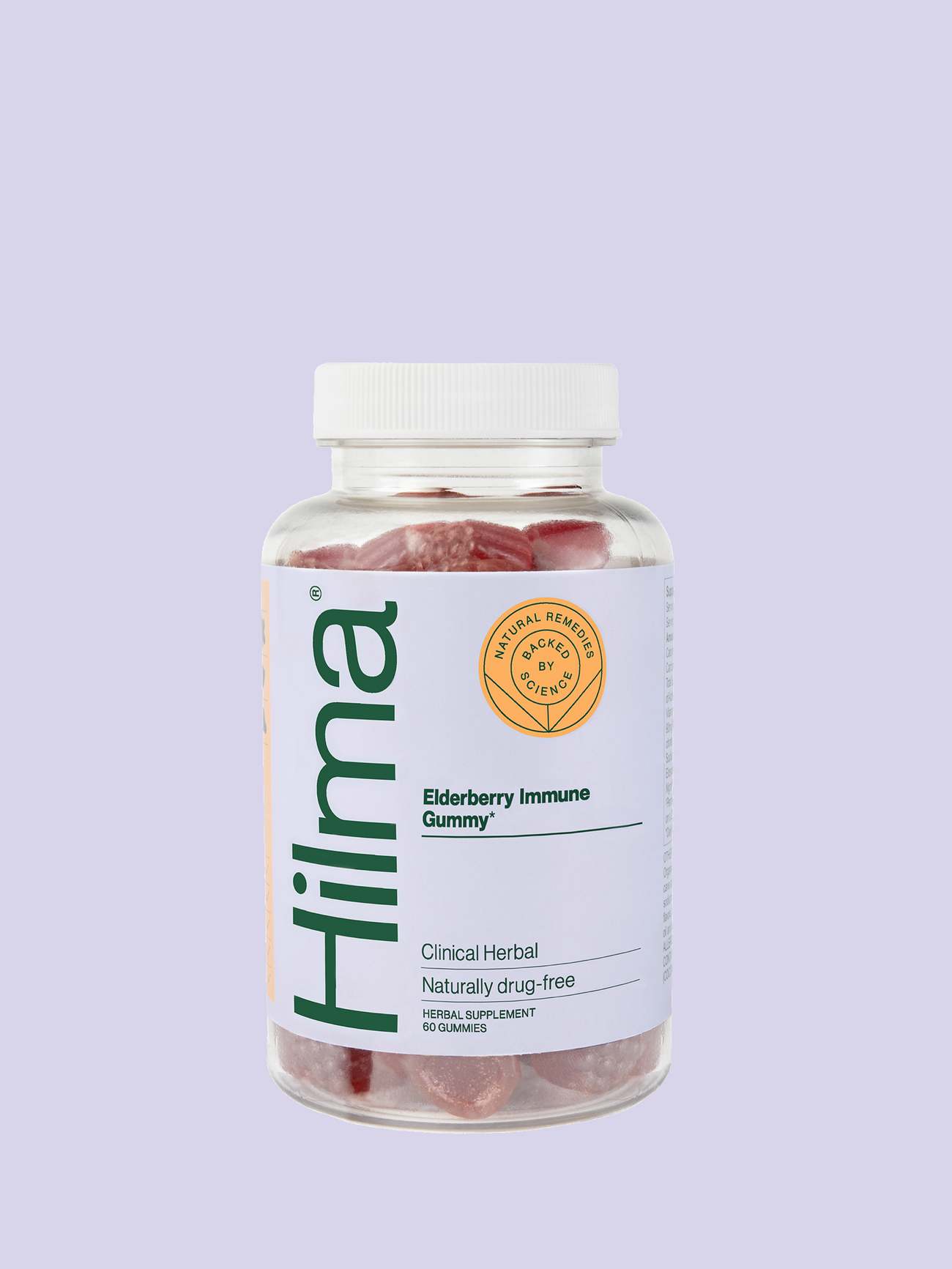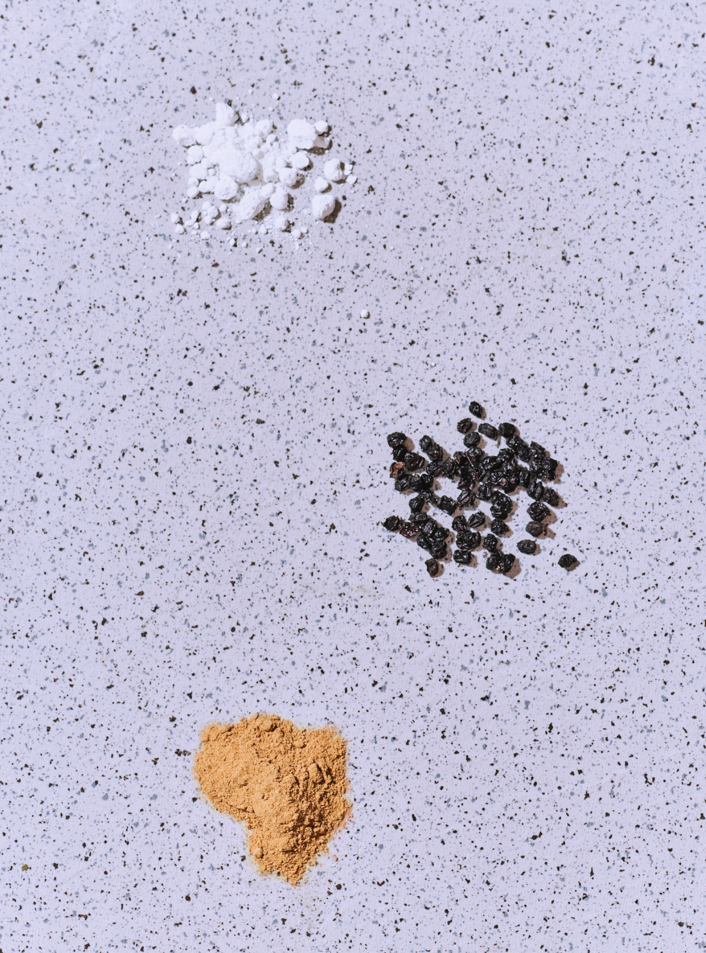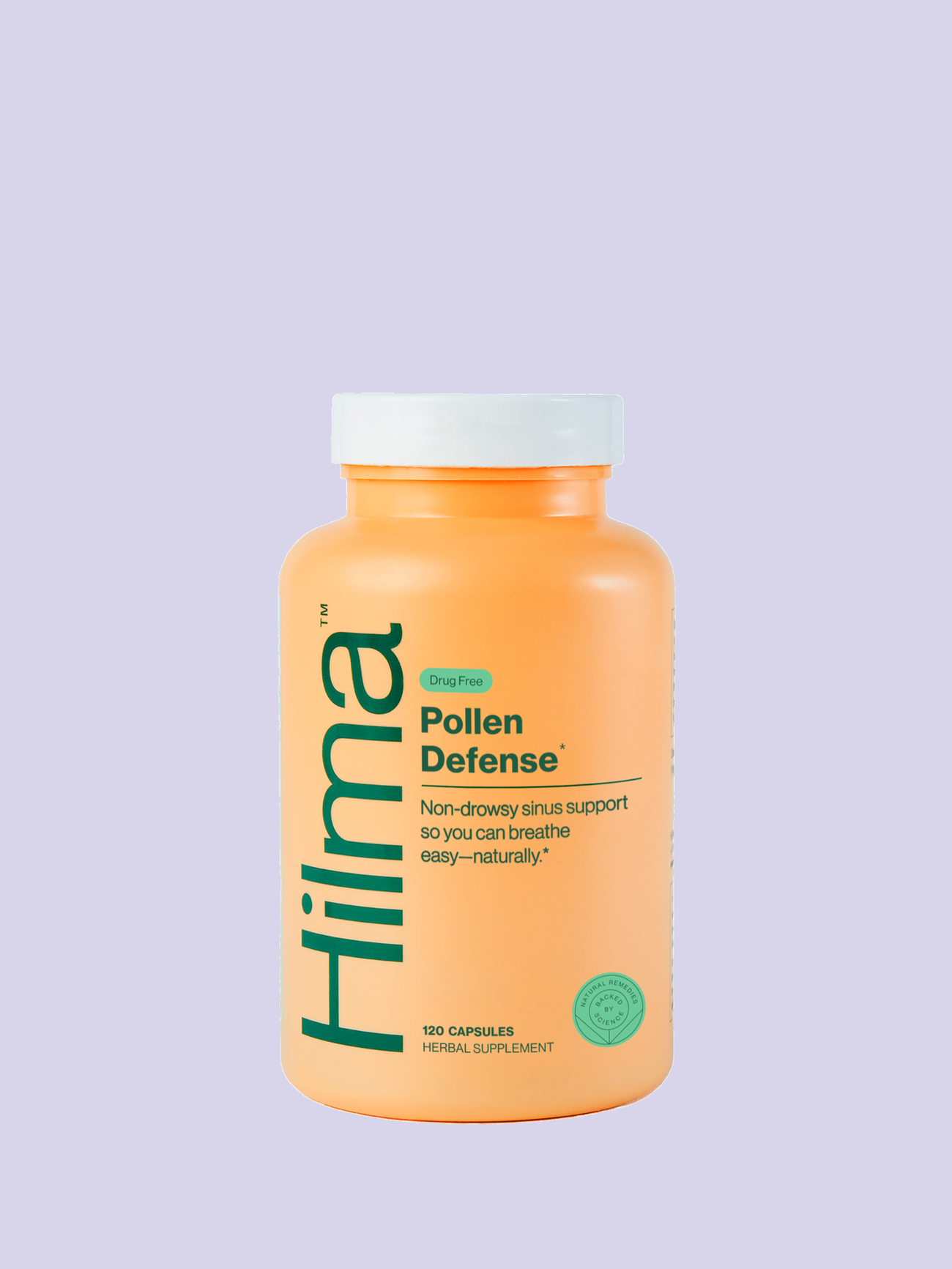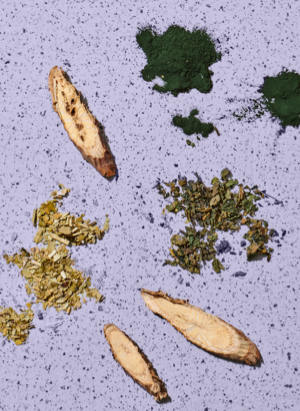
If you stumbled upon echinacea in the wild, you’d probably want to put it in a vase before you even thought about its health benefits. But this bright purple flower, native to North America, isn’t just a pretty face. It’s been used for thousands of years as a remedy for colds, coughs, bronchitis, upper respiratory infections, and even some inflammatory conditions.
It’s used by herbalists, acupuncturists, and doctors alike to support their patients’ immune systems. Interested in learning why? Here we break down the history, science, and benefits of this powerful ingredient.
The History
There are nine different species of echinacea and all were used, either orally or topically, as traditional remedies by Native Americans across the Great Plains for a variety of ailments ranging from toothaches to colds. Fun fact -- during Lewis and Clark’s famed expedition at the turn of the 19th century, the explorers found the medicinal properties of Echinacea so powerful that they actually sent the plant and root back to President Jefferson as an important discovery.
The Benefits
Echinacea stimulates the immune system to fend off infections and speed recovery. In preclinical studies, echinacea has demonstrated anti-inflammatory and antioxidant activity . Studies have shown that taking echinacea can reduce your risk of catching a cold and, when taken at the onset of a cold, could also cut down the duration of symptoms.
The Science
Here’s how it actually works -- Echinacea stimulates macrophages and other cells of the innate immune system, which ultimately have a supportive effect.
Did we lose you there? This should help: a macrophage is a type of white blood cell in your immune system that helps attack anything that’s not contributing to a healthy body. Echinacea stimulates those white blood cells, giving you an immune boost.
This information is for educational purposes only and should not be taken as medical advice. Please consult a physician before treating any disorder.




